Explore the names and properties of some of the most common 3D shapes with this set of 8 puzzles.
Hands-On Activities for Teaching 3D Shape
Let’s face it… primary-aged students love hands-on learning! Students thrive when given the opportunity to work with a group of peers to complete a task or solve a problem. Puzzles are a great way to engage students in working together to reach a common goal!
Use these puzzles when exploring the names and properties of three-dimensional objects. Students must complete each puzzle by matching and connecting each shape’s name to its net, model, real-life example and properties.
Alternatively, you could use this resource to create a classroom display of three-dimensional objects and their features.
How to Use These 3D Shape Puzzles
Follow these easy steps to use this versatile Maths resource in your classroom.
- Print out your preferred file. Thick card is recommended.
- Place all puzzle pieces into a large envelope or zip-lock bag for safekeeping.
- Provide the puzzle pieces to the students. Have them work together to put the puzzles together.
The resource includes the following 3D object puzzles:
- square pyramid
- sphere
- rectangular prism
- cube
- cone
- triangular pyramid
- triangular prism
- cylinder.
Download Your Preferred File
This resource comes in two variations:
- Jumbled Puzzles – This version of the resource has been created with the puzzles already jumbled.
- Unjumbled Puzzles – This version of the resource has been created with all the correct puzzle pieces already in place.
Select your preferred version using the dropdown menu next to the Download button.
Looking for more hands-on resources for your 3D shape lessons? You’re only a click away!
[resource:4628658] [resource:5139] [resource:1693230]
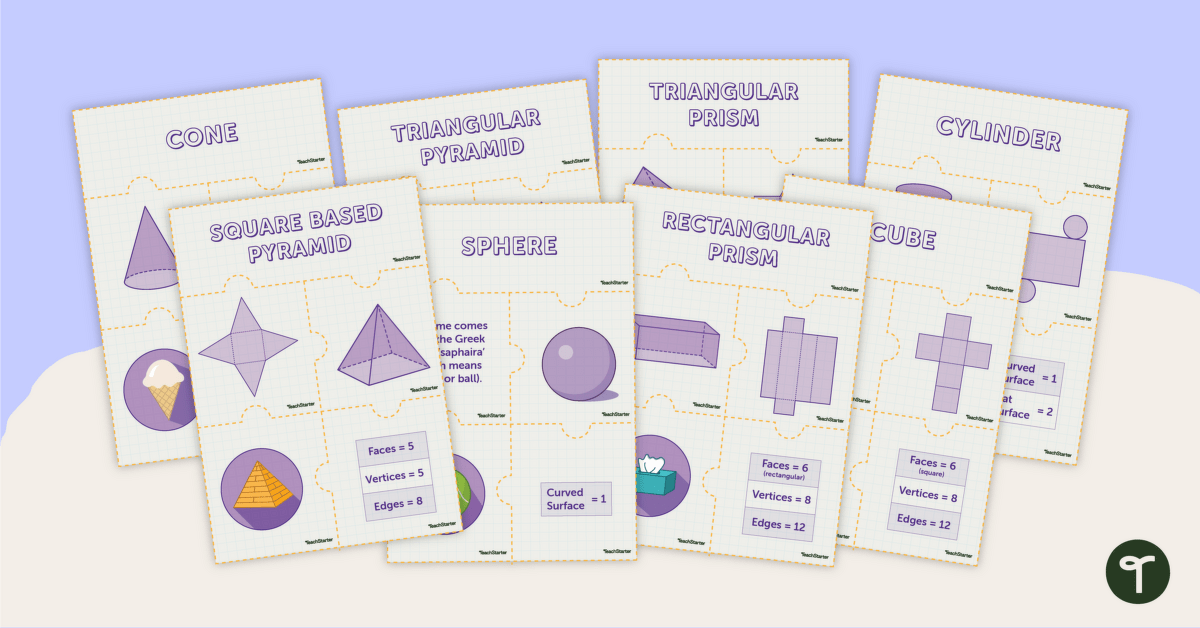

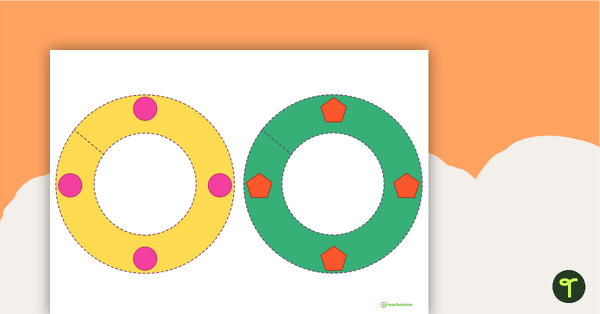

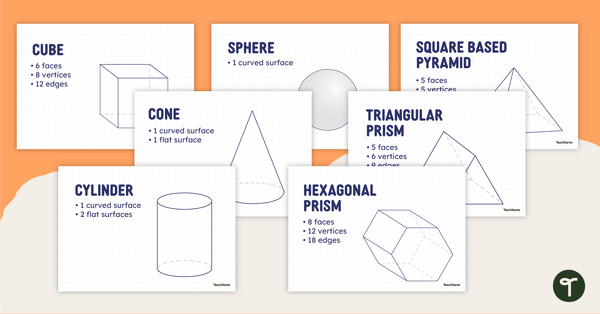
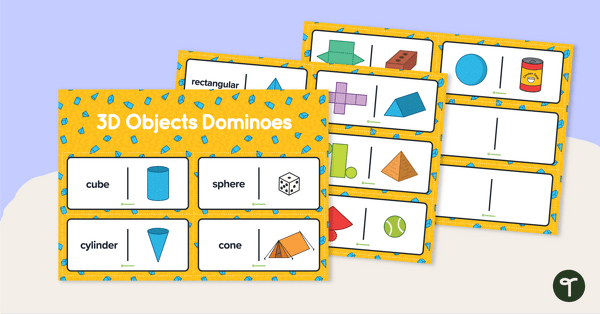
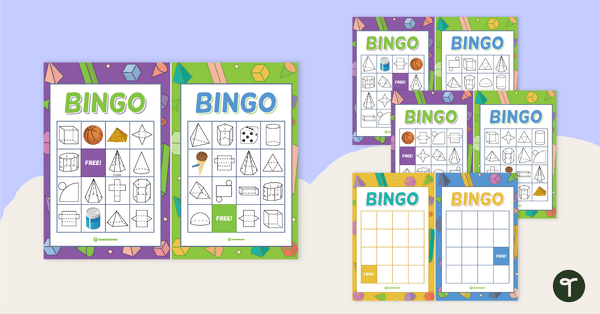
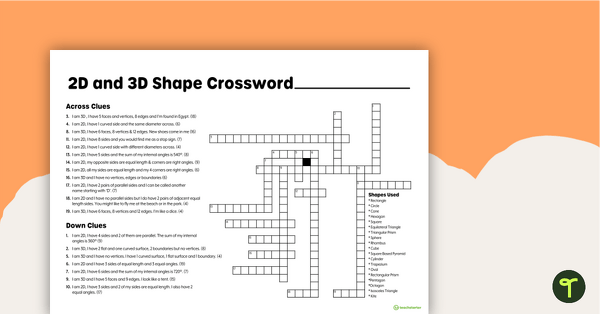
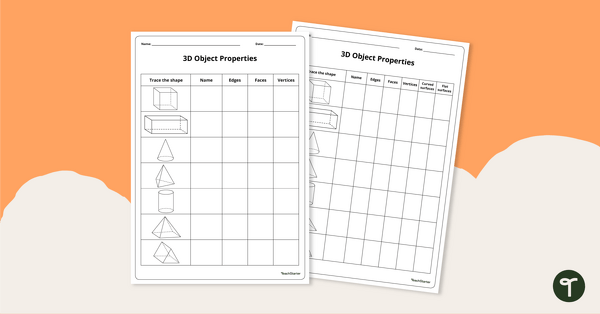
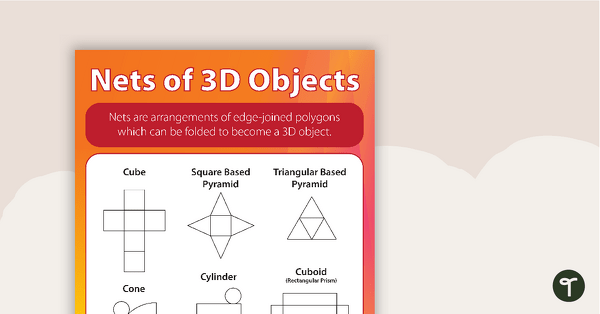
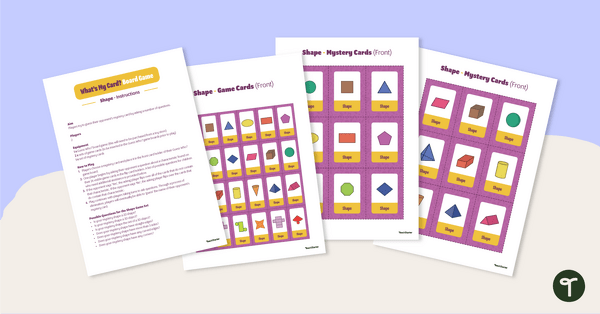
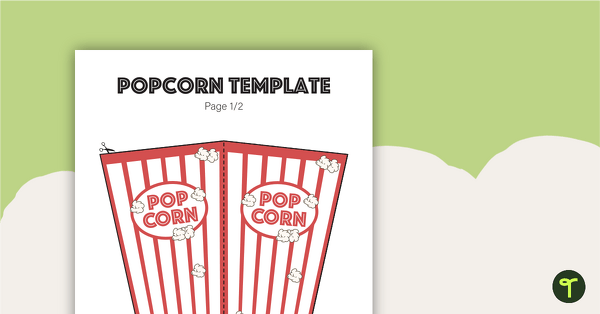
0 Comments
Write a review to help other teachers and parents like yourself. If you'd like to request a change to this resource, or report an error, select the corresponding tab above.